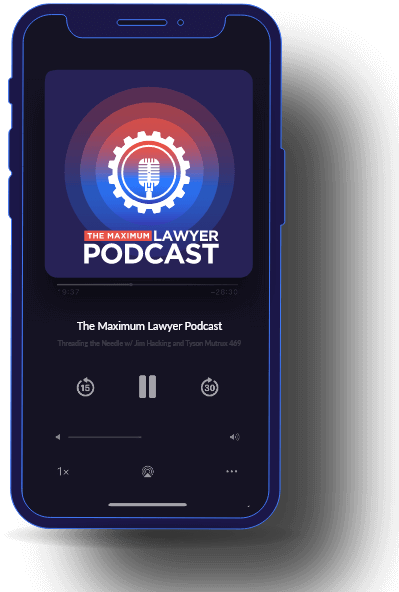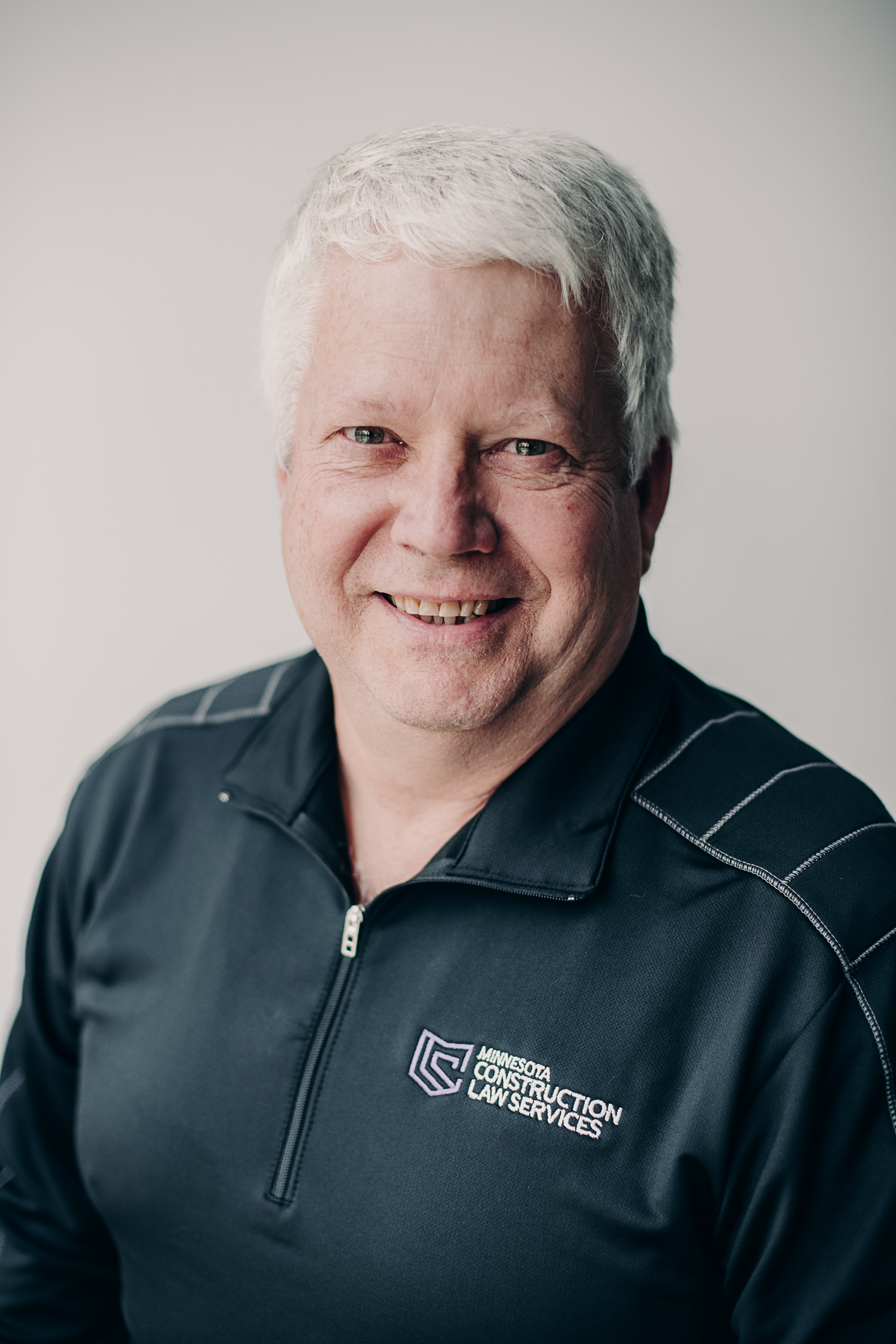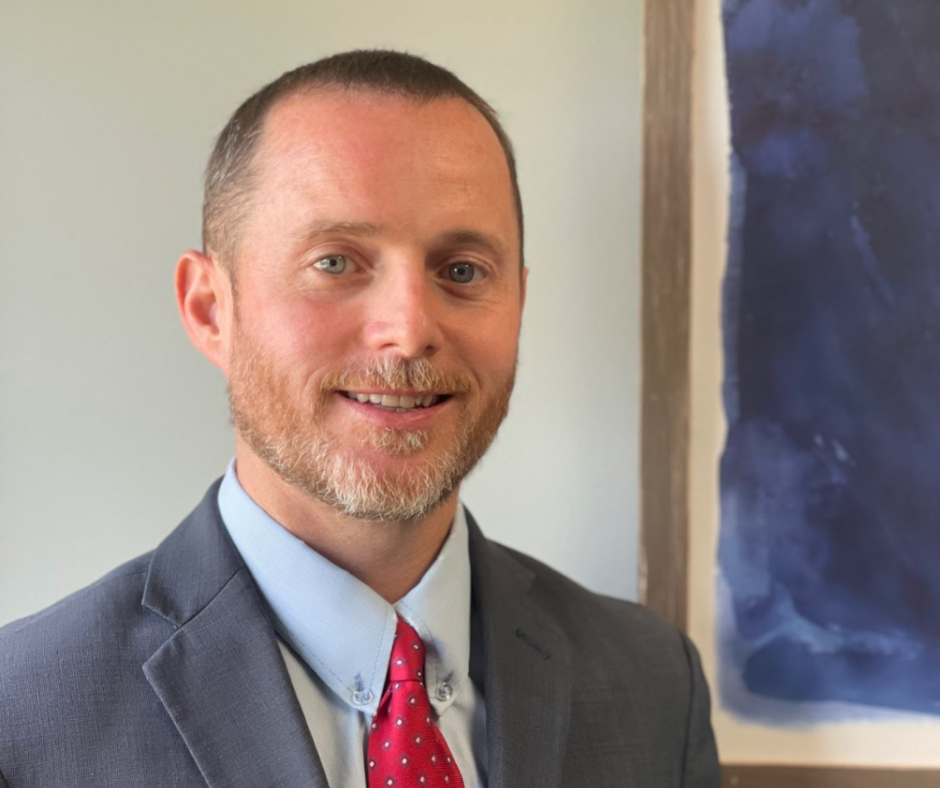Are you someone who is looking to transition into law? In this engaging podcast episode, Jim and Tyson sit down with Bill Gshwind of Minnesota Construction Law, who shares his unique journey into law after a 25-year tenure in business.
In this episode, Jim and Tyson interview business automation guru Greg Jenkins, founder and CEO of Monkeypod Marketing. They will go over his career and discuss the importance of automation and systems and how it can help your business.
“If you do something 3 times a day find a way to automate it…”
“If it is automated, it doesn’t have to feel that way and you don’t have to beat people over the head with automation, and if done properly automation can be really seamless and it should be contributing to your overall customer experience…”
Greg is founder and CEO of: http://www.monkeypodmarketing.com/, and his business is automation other businesses.
“marketing and automation tools when leveraged appropriately multiply your efforts and what your team is capable of…”
Hacking’s hack: Automate social network reactions with https://zapier.com/! Connect Your Apps and Automate Workflows. Listen to Greg’s example on how to use this tool! It is Excellent!
Greg’s hack: A website: http://workhacks.com/ All about tools and things that will make your life and your business easier.
Tyson’s tip: A book: Zombie Loyalists: Using Great Service to Create Rabid Fans Hardcover – January 27, 2015
by Peter Shankman (Author)
Thanks so much for listening to the show! If you want to know more about this and keep on maximizing your firm, please join our Facebook group: https://www.facebook.com/groups/403473303374386/ or like us on Facebook: https://www.facebook.com/MaximumLawyerPodcast/ and comment!
You can also go to https://maximumlawyer.com/ or, if you’d prefer, email us at: [email protected]
Do you want to get on the show? Shoot us an email or message us!
The Maximum Lawyer Podcast. Partner up, and maximize your firm.
Guild Membership
Free Access to Stage 1 of Maximum Lawyer in Minimum Time
Sign Up Today!Customer Reviews
4.9 out of 5
Join Our Facebook Group
Enjoy Exclusive Access To Stage One Of The Maximum Lawyer In Minimum Time Course
Privacy Policy
This privacy policy has been compiled to better serve those who are concerned with how their ‘Personally Identifiable Information’ (PII) is being used online. PII, as described in US privacy law and information security, is information that can be used on its own or with other information to identify, contact, or locate a single person, or to identify an individual in context.
Please read our privacy policy carefully to get a clear understanding of how we collect, use, protect or otherwise handle your Personally Identifiable Information in accordance with our website.
What personal information do we collect from the people that visit our blog, website or app?
When ordering or registering on our site, as appropriate, you may be asked to enter your name, email address or other details to help you with your experience.
When do we collect information?
We collect information from you when you register on our site, place an order, subscribe to a newsletter, Use Live Chat, Open a Support Ticket or enter information on our site.
How do we use your information?
We may use the information we collect from you when you register, make a purchase, sign up for our newsletter, respond to a survey or marketing communication, surf the website, or use certain other site features in the following ways:
- To personalize your experience and to allow us to deliver the type of content and product offerings in which you are most interested.
- To improve our website in order to better serve you.
- To allow us to better service you in responding to your customer service requests.
- To quickly process your transactions.
- To send periodic emails regarding your order or other products and services.
- To follow up with them after correspondence (live chat, email or phone inquiries)






